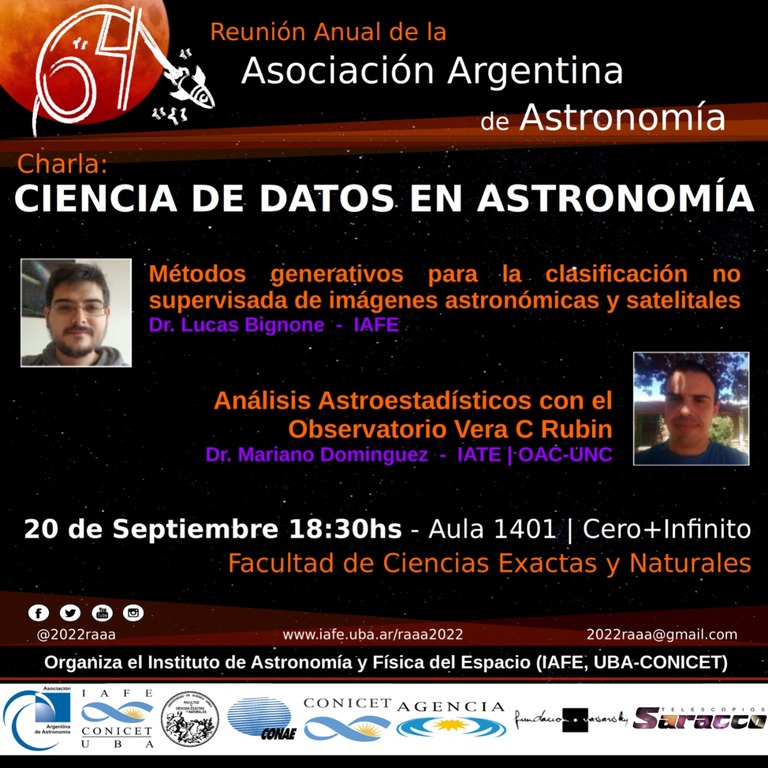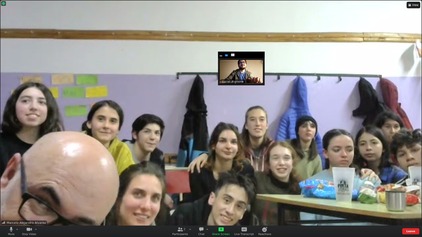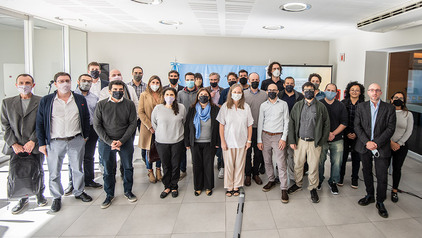Planes of satellites around simulated disk galaxies II: Time-persistent planes of kinematically-coherent satellites in Lambda-CDM
We use two zoom-in Lambda-CDM hydrodynamical simulations of massive disk galaxies to study the possible existence of fixed satellite groups showing a kinematically-coherent behaviour across evolution (angular momentum conservation and clustering). We identify three such groups in the two simulations, defining kinematically-coherent, time-persistent planes (KPPs) that last at least from virialization to z=0 (more than 7 Gyrs). This proves that orbital pole clustering is not necessarily set in at low redshift, representing a long-lived property of galaxy systems. KPPs are thin and oblate, represent ∼25−40% of the total number of satellites in the system, and are roughly perpendicular to their corresponding central disk galaxies during certain periods, consistently with Milky Way z=0 data. KPP satellite members are statistically distinguishable from satellites outside KPPs: they show higher specific orbital angular momenta, orbit more perpendicularly to the central disk galaxy, and have larger pericentric distances, than the latter. We numerically prove, for the first time, that KPPs and the best-quality positional planes share the same space configuration across time, such that KPPs act as `skeletons’ preventing the latter of being washed out in short timescales. In one of the satellite-host systems, we witness the late capture of a massive dwarf galaxy endowed with its own satellite system, also organized into a KPP configuration prior to its capture. We briefly explore the consequences this event has on the host’s KPP, and on the possible enhancement of the asymmetry in the number of satellites rotating in one sense or the opposite within the KPP.







